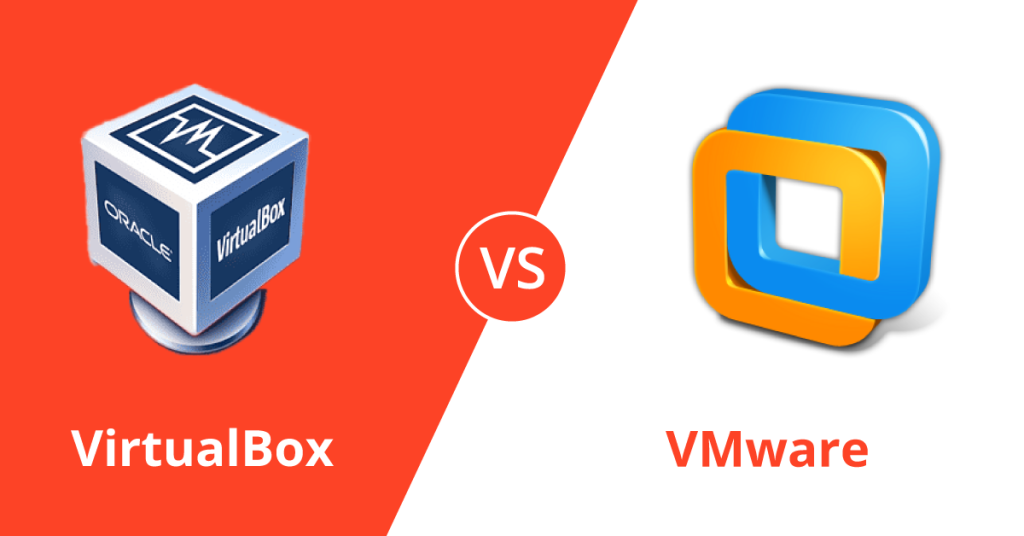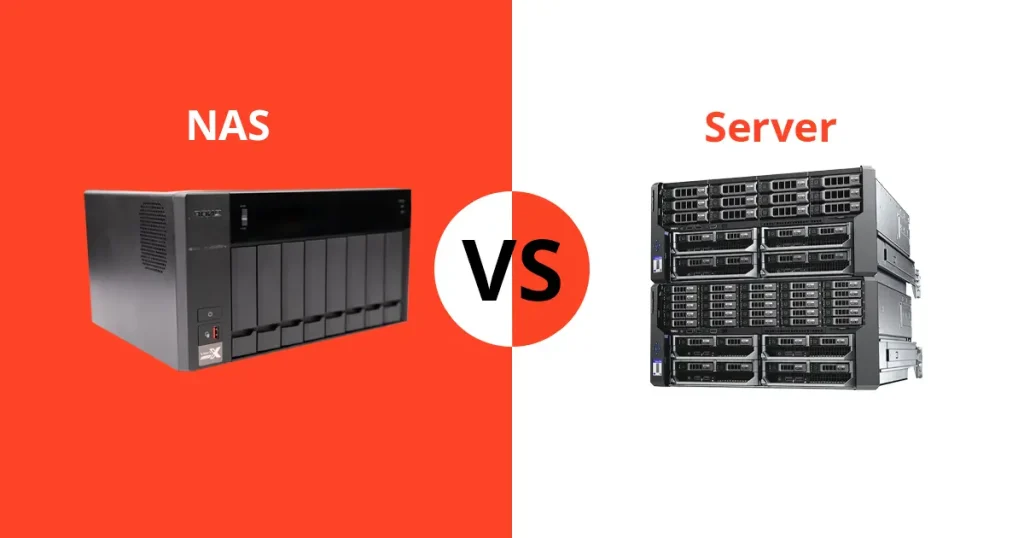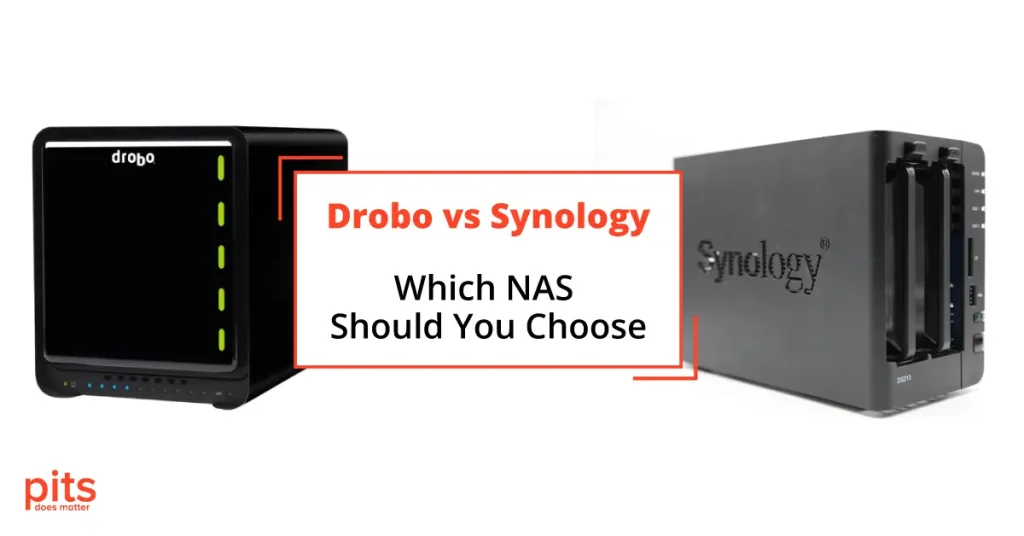In the dynamic realm of technology evolution, storage drives have undergone remarkable advancements throughout the years. Two pivotal contenders within the storage technology domain are PCIe SSDs and NVMe SSDs. While these acronyms may resonate as technical jargon, they signify substantial enhancements in data transfer velocities and overall storage efficiency. This article will extensively explore PCIe SSDs and NVMe SSDs, elucidating their disparities, advantages, and influence on contemporary computing.
Comprehending PCIe SSDs and NVMe SSDs
Before embarking on a detailed analysis, let us deconstruct the terminology:
- PCIe SSDs: PCIe is an abbreviation denoting Peripheral Component Interconnect Express. Initially conceived for linking graphics cards to motherboards, this technology’s expansive bandwidth potential precipitated its adaptation for alternative applications, including storage drives.
- NVMe SSDs: NVMe, an acronym for Non-Volatile Memory Express, constitutes a communication protocol meticulously tailored for SSDs. Unlike conventional storage interfaces such as SATA, NVMe is meticulously optimized for solid-state drives, curbing latency whilst maximizing throughput.
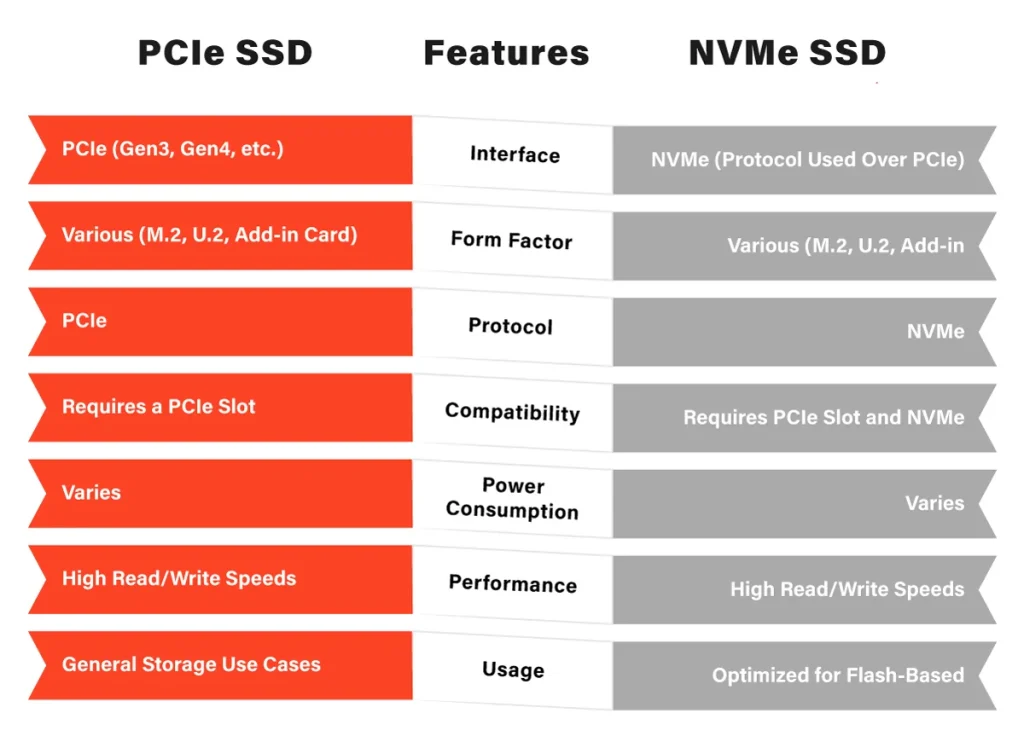
Form Factors and Connectivity
A pivotal point of divergence amid these storage technologies resides in their form factors and connectivity options:
- M.2 Slot: M.2 slots on motherboards typically house NVMe SSDs. M.2 manifests as a compact and adaptable form factor, establishing a direct connection to the motherboard and, in the process, economizing space.
- PCIe Connectivity: Conversely, PCIe SSDs establish direct links to PCIe slots situated on the motherboard, conventionally designated for graphics cards and supplementary expansion cards. This configuration bestows an elevated degree of flexibility and compatibility.
Communication Protocols and Velocities
The NVMe protocol emerges as a transformative element in the realm of data transfer speeds and efficiency. Established conventional SATA SSDs are beholden to the constraints of the SATA interface, whereas NVMe SSDs harness the PCIe connection to facilitate expeditious data transfer rates.
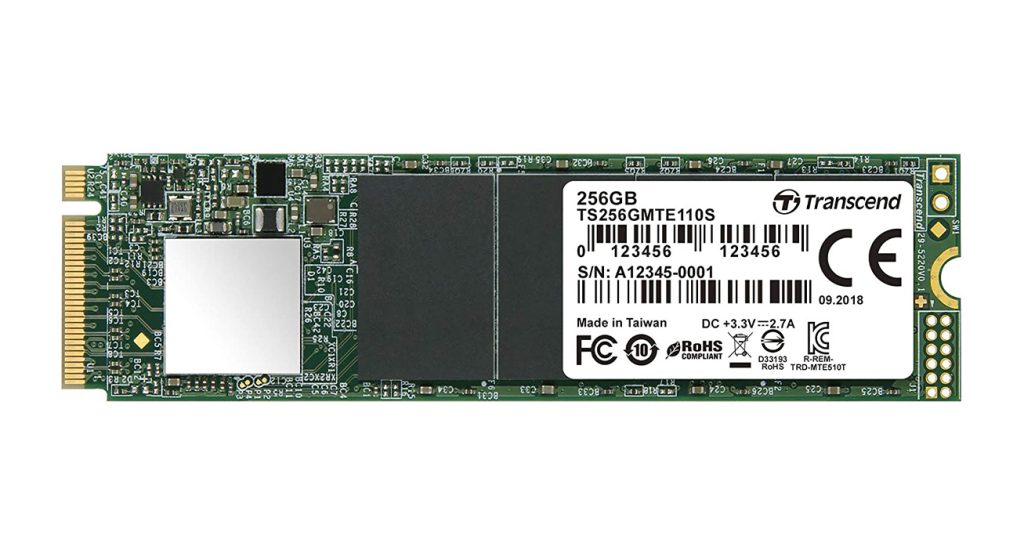
- Data Transfer Velocities: NVMe-driven SSDs have the capacity to attain astounding data transfer velocities, frequently surpassing 3,000 MB/s for both sequential read and write operations. This considerable achievement greatly exceeds the capabilities of SATA SSDs, which generally attain a maximum of approximately 550 MB/s.
- PCIe 3.0 and Further Horizons: Typically employed in these SSDs is PCIe 3.0, signifying the third iteration of the PCIe standard. Nevertheless, the advent of PCIe 4.0 and, indeed, PCIe 5.0 has been witnessed, ushering in escalated data transfer speeds and paving the way for imminent progressions.
Advantages of NVMe and PCIe SSDs
Let us delve into the fundamental advantages attributed to NVMe and PCIe SSDs:
1
Diminished Latency
NVMe SSDs effectuate a substantial reduction in latency, culminating in swifter response intervals and an enhanced overall system efficacy.
2
Enhanced Efficiency
The NVMe protocol optimally orchestrates data processing, thereby mitigating bottlenecks and ensuring a more streamlined exploitation of storage assets.
3
Elevated Throughput
PCIe SSDs capitalize on the amplitude of the PCIe bus, a resource that outpaces the SATA interface in bandwidth, thereby engendering expedited data transfers.
4
Forward Compatibility
In tandem with technological progression, the PCIe interface and NVMe protocol can be adeptly adapted to accommodate augmented velocities, thus safeguarding the pertinence of your storage drive for years to come.
Within the domain of storage drives, the emergence of NVMe SSDs and PCIe SSDs heralds a transformative paradigm shift concerning performance and efficiency. NVMe capitalizes upon the high-speed PCIe interconnect, whereas PCIe SSDs harness the inherent potency of the PCIe slot to bestow unparalleled data transmission speeds.
These technologies have not only revolutionized data storage and accessibility but have also laid the groundwork for forthcoming innovations. Consequently, whether one’s role entails gaming, content creation, or professional pursuits, an upgrade to either an NVMe or PCIe SSD has the potential to unlock the true capacities of a system’s storage prowess, thus elevating the computing experience to unprecedented altitudes.
Frequently Asked Questions
What distinguishes a PCIe SSD from an NVMe SSD?
A PCIe SSD denotes a form of solid-state drive that establishes connectivity via the PCIe slot present on a computer’s motherboard. Conversely, an NVMe SSD represents a variant of SSD employing the NVMe protocol for communication with the system. In simpler terms, the PCIe stands as the conduit, whilst NVMe serves as the protocol facilitating accelerated data transfer.
Are PCIe SSDs and NVMe SSDs synonymous?
Not precisely. PCIe (Peripheral Component Interconnect Express) constitutes a category of interface akin to a thoroughfare employed for linking components to the motherboard. Conversely, NVMe (Non-Volatile Memory Express) signifies a protocol or a set of regulations employed by SSDs to interact with the broader system. NVMe can be deployed over a PCIe connection to enhance the velocity and efficiency of SSDs.
Which manifests greater swiftness: PCIe SSD or NVMe SSD?
As a rule, NVMe SSDs tend to exhibit superior speed due to their utilization of the NVMe protocol, specifically designed for expedited data transmission. While PCIe SSDs can adopt diverse protocols, including NVMe, not all PCIe SSDs are NVMe-oriented. Should an SSD embody both PCIe and NVMe characteristics, it is likely to outpace one solely reliant on PCIe.
For my computing needs, should I opt for a PCIe or NVMe SSD?
The decision between a PCIe and an NVMe SSD necessitates a nuanced perspective. In most instances, SSDs embody qualities of both PCIe and NVMe, thereby offering the optimal fusion of attributes – the rapidity of a PCIe connection and the efficiency inherent to the NVMe protocol. Consequently, if exceptional speed and performance are the imperatives, directing your attention toward an SSD supporting both PCIe and NVMe is advisable.
We’re Here to Help
Our experienced team is committed to helping you recover your critical data. No matter the situation, we work diligently to ensure the best possible outcome. Take action now and let us restore what’s important to you.
Start Recovery Process
"*" indicates required fields
